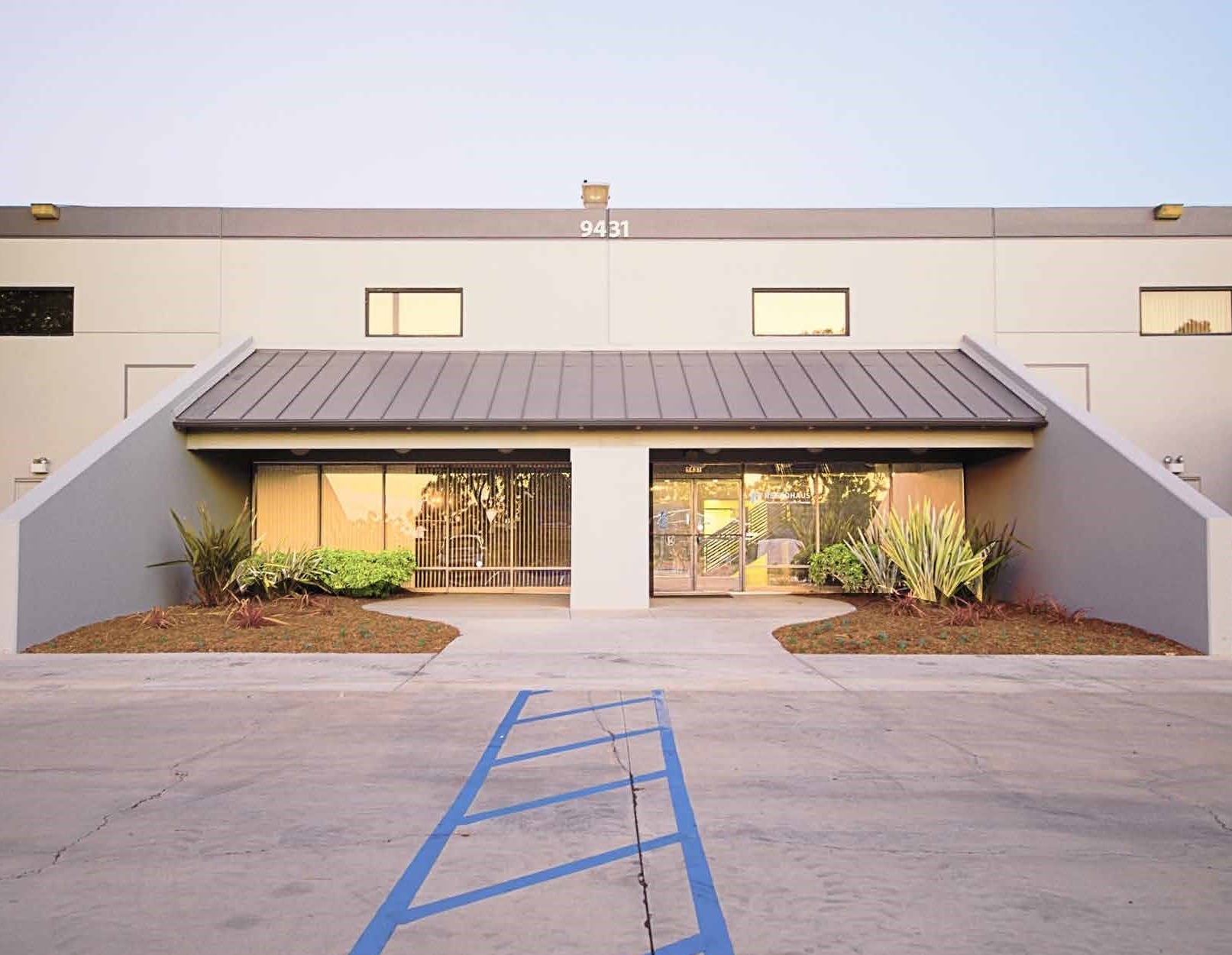Coworking Goes Industrial: Q&A
Stos Partners’ Jason Richards talks about the industrial coworking’s business model and its long-term viability.
The coworking sector reels under the COVID-19 pressure, forcing companies to reassess their business strategies. According to a recent JLL report, office leasing activity in the U.S. recorded a 20 percent drop in the first quarter. Short-term impacts include layoffs, space reductions as well as halted operations and expansions. The emerging industrial coworking subsector has also been affected, but its different business configuration and the overall confidence in the industrial sector pave the way for new opportunities amid economic uncertainty.
Stos Partners teamed up with Long Wharf Capital in the acquisition of a 55,000-square-foot industrial asset in the Miramar submarket of San Diego. One of the tenants at the fully leased property is Maketory, the city’s first manufacturing coworking facility, which provides a membership-based, multi-discipline manufacturing workspace. In an interview with Commercial Property Executive, Jason Richards, partner at Stos Partners, discussed this innovative business model in coworking and provided his expectations for this niche.
READ ALSO: Coworking vs. Coronavirus: Overcoming Challenges
Tell us about your San Diego facility.
Richards: As San Diego’s first manufacturing coworking facility, the space consists of a warehouse production area that accommodates various forms of fabrications and machining, and also provides the fabrication equipment which is normally cost prohibitive to small businesses. Not only does this minimize facility costs for users, but it also expands their production abilities. In addition, there are individual rentable storage or assembly areas, conference rooms for training and individual offices for business operations.
Industrial coworking facilities offer the ability for small businesses to design and manufacture goods on-site in a shared space. Unlike the traditional office sector, these types of facilities have not been able to accomplish this historically.
How does your industrial coworking model work?
Richards: The way in which this particular model works is that people become members of the facility and then can reserve different times to use the machines. The model is designed to focus on small businesses that acquire long-term subscriptions, as opposed to individual hobbyists. Once it becomes a proven model, it can be scaled up into other regions.
How do industrial coworking sites promote and combine collaboration and innovation?
Richards: According to a survey, 84 percent of coworkers say working in a coworking hub makes them more motivated. More than half say they have obtained new skills and their existing skills have improved since joining a coworking space. Granted, this survey was among individuals in the office coworking sector. However, we believe the industrial sector will see the same results, if not better.
Beyond offering shared office space, our Miramar location provides training seminars on manufacturing processes and business operations. The facility strives to get everyone to collaborate, with the end result being increased innovation.
 Elaborate on the amenities at industrial coworking spaces.
Elaborate on the amenities at industrial coworking spaces.
Richards: While some locations may differ, individuals can see industrial coworking locations that provide 24-hour on-demand operations, multidisciplined manufacturing tools and equipment, classes and specialty workshops as well as training and support. Other amenities include permanent project assembly areas, but also individual and full-time office spaces.
How do you think the coworking sector will survive the COVID-19 pandemic?
Richards: This pandemic has caused significant national disruption and we are all waiting to see if the country will experience a recession in the coming months, and afterwards. Ultimately, this economic event is a negative influence on the sector because it creates economic hardships resulting in decreased demand, as unemployment rises and small businesses fail or need to restructure.
Alternatively, a positive outlook is that most businesses are experiencing what it’s like to work independently. This could lead companies to switch to a remote model, causing an increased demand for coworking space.
READ ALSO: How Is COVID-19 Affecting the Construction Industry?
Tell us about the markets Stos Partners is targeting and the reasons behind it.
Richards: We continue to exercise our strategy in southern California and other regional industrial markets in the Southwest—although we are proceeding with caution and continually refining the strategy in light of the current economic situation. We believe the current situation will create new opportunities. Ultimately, it’s still too early to say where and when those opportunities will be, but we are working to be well-positioned for when they arise.
How does industrial coworking influence real estate development?
Richards: At this point, we have not seen any impact on commercial real estate development due to the fact that this sector of industrial coworking is so new. However, if smaller users congregate and collaborate in medium-sized or larger facilities, then this could result in decreased demand in traditional incubator facilities and increased demand for medium or larger facilities. As future industrial development always follows supply and demand, a shift could occur as a result. Another impact could be a shift from traditional layouts in specific facility designs in order to maximize functionality.
The U.S. has more than 80 million square feet of flexible workspace, making it the global leader in terms of traditional coworking space. That said, California and Texas have the highest number of new coworking spaces opened per year in the nation, which will ultimately influence real estate development in the upcoming years. These dynamics could facilitate the quicker adoption, development and deployment of industrial shared space.
 Coworking is not limited to startups and midsized companies anymore. Do you think industrial coworking will reach corporate levels as well?
Coworking is not limited to startups and midsized companies anymore. Do you think industrial coworking will reach corporate levels as well?
Richards: Absolutely. Although our Miramar location is designed more for the small- and medium-sized businesses, we believe the concept can be utilized in some fashion that can draw significantly larger companies. The larger a company or facility, the more likely it will shift away from an incubator and business training concept to more of a shared space and more efficient utilization of production areas, and likely follow specific niche industries.
In fact, it is predicted that 40 percent of flexible workspace demand will come from large and corporate companies. Currently, 14 percent of employees at large companies use coworking spaces, providing further assurance it can be utilized across any business, regardless of size.
Do you expect this industry-specific shared space to fuse with other commercial uses, ultimately resulting in mixed-use hubs?
Richards: Absolutely. We believe this business model could evolve to fit into existing mixed-use and live-work locations, especially in higher-density infill areas.
How do you see the industrial coworking sector going forward?
Richards: This sector is new and, in its infancy, exhibits a great deal of promise. Going forward, we think this segment will draw in many different players and will evolve as it is embraced nationally.









You must be logged in to post a comment.